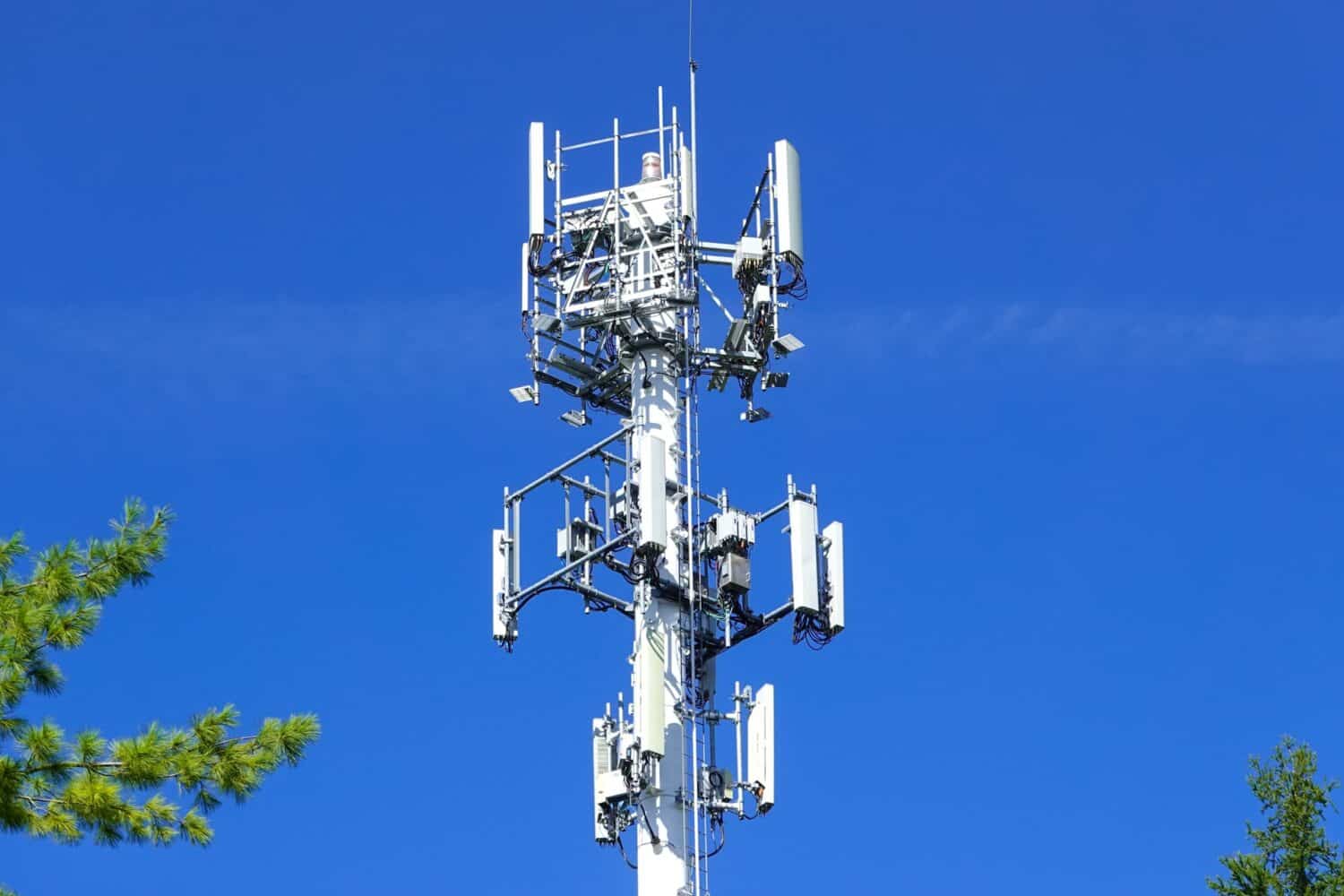The first 6G standard is in development by French researchers from state institute CEA-Leti in Grenoble. The future technology should offer more bandwidth and less latency than current 5G standards, according to Computer Weekly.
The tech website reports that the new 6G standard spells major change. French research institute CEA-Latie indicates that current 5G standard won’t be able to keep up with the increasing demand for bandwidth within a few years. Growing numbers of IoT devices and remote workers pressure the supply of bandwidth.
6G is underway while 5G has yet to reach its full potential. There are multiple reasons for this. Bandwidth demand grows explosively. More and more services and solutions require connectivity. The metaverse is an example, which increases the demand for mobile technology. According to the researchers, 6G will be essential in a few years’ time.
6G standards
The researchers are laying the groundwork for a new 6G wireless standard that should be available by 2025/2026, allowing the first deployments by 2030. The standard may require a greater technical change than all previous mobile standards. Fortunately, according to the researchers, development takes place relatively quickly because of AI solutions and applications.
The 6G standard in development primarily focuses on increasing the bandwidth for connectivity. Although the current 5G standard already offers considerable improvements, including network slicing, future applications require even more efficiency.
The new standard should provide more bandwidth and less latency for solutions and applications. According to the researchers, 6G networks should provide between 10 and 100 times less latency. Delivering more bandwidth requires new frequencies in the 100 GHz and 200 GHz range. All hardware must be modified accordingly, including material, component packaging and antennae architecture.
The upcoming standard also requires changes to base station operations. 6G relies on highly focussed, bundled radio signals instead of ‘omnidirectional’ radio signals. Similar signals already exist within 5G, but on a limited scale, exclusively covering the highest bandwidth requirements. 6G standardizes the technique for delivering high data rates. Focused radio signals are also more energy-efficient, the researchers note.

New antenna technology
The standard requires new antenna technology. Antennas suitable for 6G were dubbed ‘reconfigurable intelligent surfaces’. The technology has yet to be developed, but it’s clear that these antennas require little energy to receive and transmit bundled radio signals. They’re also capable of directing beams in the optimal direction.
Ecosystem
Besides developing the required technology for 6G, research institute CEA-Leti hopes to contribute to a new European ecosystem for 6G. The researchers started NES-6G, an initiative to bring together European stakeholders including chip and device manufacturers, operators and end users. Finally, the ecosystem should contribute to the sustainability of the technology in development.
